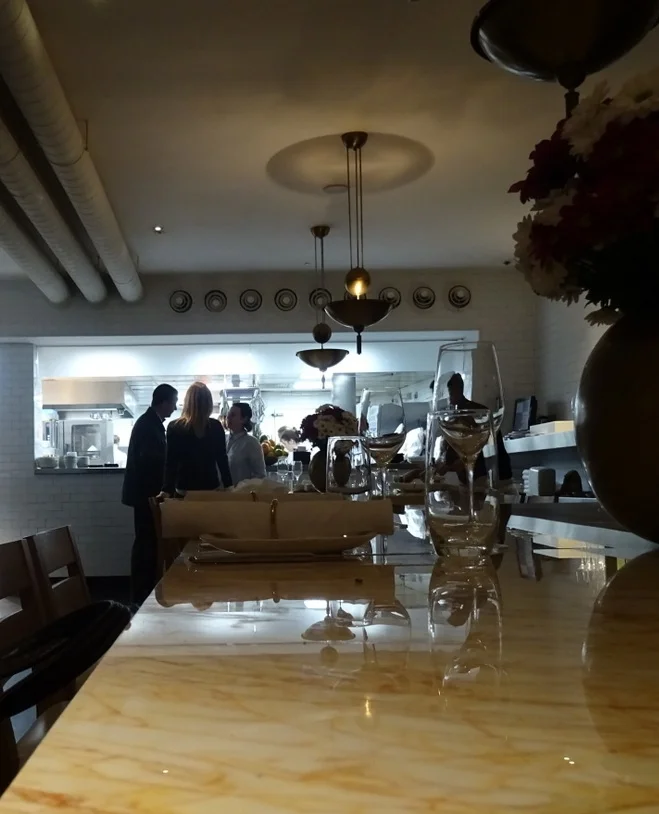If at first you don’t succeed…
Inspired by an afternoon with a friend yesterday and with a morning to myself ahead of me, I decided to revisit one of the techniques from my New York workshop. I thought I’d begin with the simplest, the hand sanitiser gel transfer.
Though I’ve seen “purell” brand sanitising gel here in the UK (it appears to be the brand of choice in the office where I work), I had only the “Cuticura” gel, so before I began, I did a test transfer of one of the prints I brought home with me. My scientist training has taught me to alter just one variable at a time if I am to reach a satisfactory outcome!
As you can see, the Newport Transporter Bridge is clear in all detail, the black areas have transferred well and apart from the fact that I was printing a portrait image into my landscape sketchbook and didn’t think to rotate the image before I posted it, all is well. Happy girl.
Next, I printed out some images on to a transparency film we had at home. Mary had warned us that some pre-prepared inkjet transparencies don’t work well since the whole point of the preparation is to ensure the ink doesn’t smudge or transfer to other surfaces. I thought I’d work around that one then and print to the “wrong”, shiny side. Though the image stayed put and didn’t run, the clarity wasn’t good and the ink didn’t dry.
So I printed another sheet on the matt, treated side this time. The print was sharper and the images dried.
Transferring them to my sketchbook however resulted in poor results. the print from the still sticky, untreated side is marginally better than that from the treated transparency, but neither is very good when compared with the transporter bridge.
And though the daisy image (wrong side) would be acceptable on a birthday card or something, the fine detail of the Thai wall painting is lost in a blur.
Time to rethink. A conversation with Maggie gave me the idea of reusing the transparent film we’d used in class. Having transferred the image, the film was clear and inkfree so this morning I retrieved the film from which I’d transferred the transporter bridge from the bin and ran it under the tap to get rid of any remaining ink bits.
I prepared an A4 carrier sheet of heavy lutradur, just like we had done in class and marked accurate margins for printing, because the piece of film wasn’t a standard size. Using double sided tape, I stuck the film onto the carrier sheet and thinking economically, thought about printing a word doc rather than a full colour image. I even remembered to mirror the text!
As I fed the film into the printer, I noticed that the edges were different from the centre of the film. The transporter bridge image didn’t fill the whole piece of film and there had been a narrow margin all around – now I could see that the edges were still coated with something or other, whereas the centre of the film was shiny and clean. When the print came out, it was clear to see that the coated areas were crisp and sharp, the centre, shiny and used area was blotchy and heavily coated with ink.
Setting the printer to an economy setting might have helped here – clearly there is a lot of ink sitting on the surface – but I doubt whether that would have affected the crispness of the image. Anyway, before I tried again, I needed to transfer the ink off this film and see what’s what.
The transferred image makes it clear to see the difference. The edge closest to the margin is crisp and could almost be a straightforward print, whereas just a short way in, where the film has been used already, the print is blurry.
So, back to the drawing board.
At this point, I did ask myself why I’m so keen to transfer print from a film to a piece of paper when I might simply put the piece of paper through the printer and cut out the middleman, so to speak? Well, I have ideas to transfer these images onto things which won’t go through my printer…things like a piece of wood, the page of a book or a piece of heavy card.
Of course, I could have taken the easy route and read one of several books I have on the subject, could have gone to the DASS site and bought the proper, recommended film and read there that it can’t be reused, thereby saving myself the energy, effort and ink. But you know, sometimes getting there is part of the fun!
Isn’t it?












